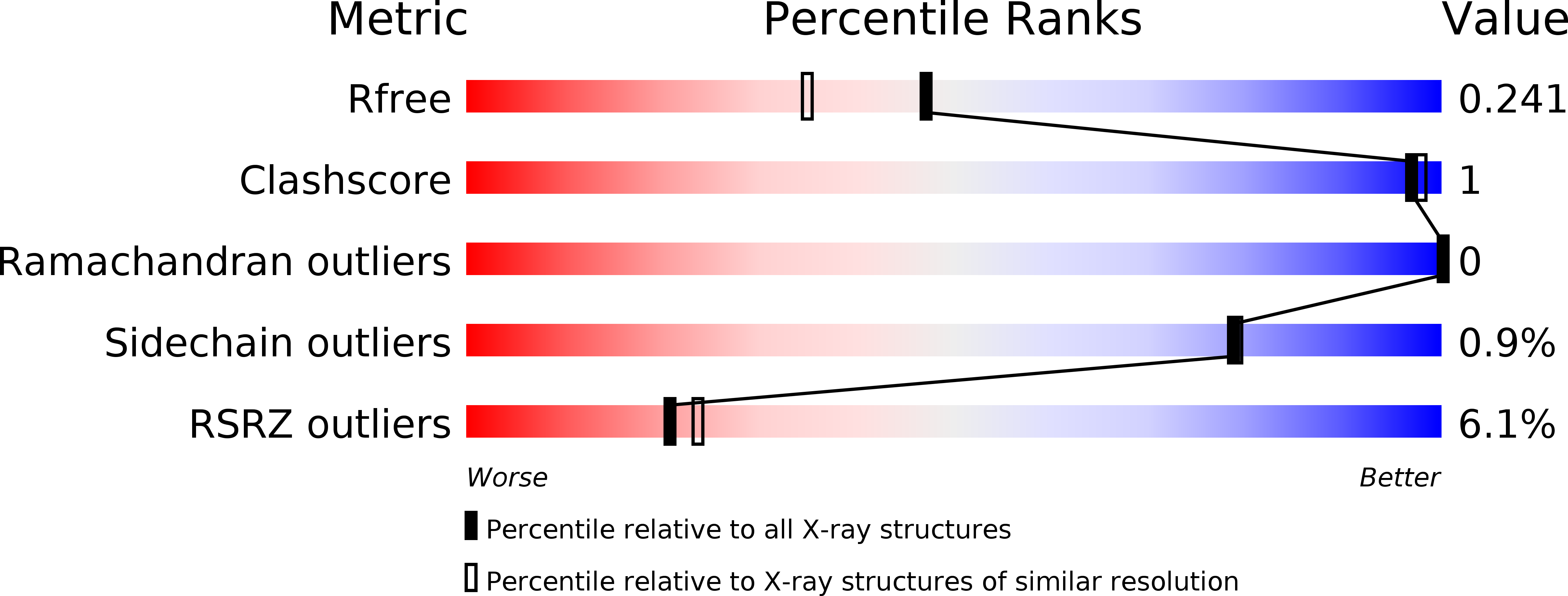
Deposition Date
2015-11-01
Release Date
2016-11-09
Last Version Date
2024-11-20
Entry Detail
PDB ID:
5EJE
Keywords:
Title:
Crystal structure of E. coli Adenylate kinase G56C/T163C double mutant in complex with Ap5a
Biological Source:
Source Organism:
Escherichia coli (Taxon ID: 331111)
Host Organism:
Method Details:
Experimental Method:
Resolution:
1.90 Å
R-Value Free:
0.23
R-Value Work:
0.18
R-Value Observed:
0.18
Space Group:
P 21 2 21


